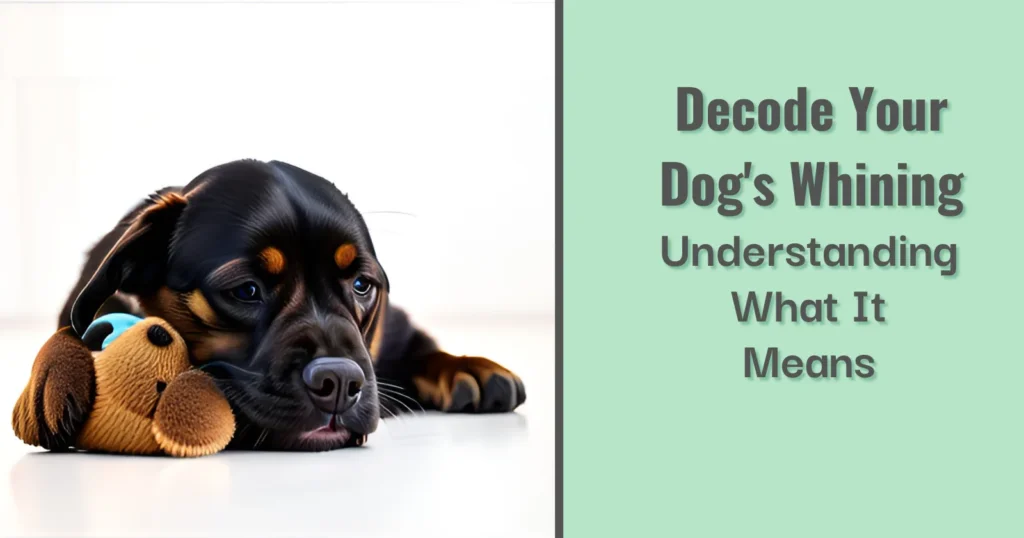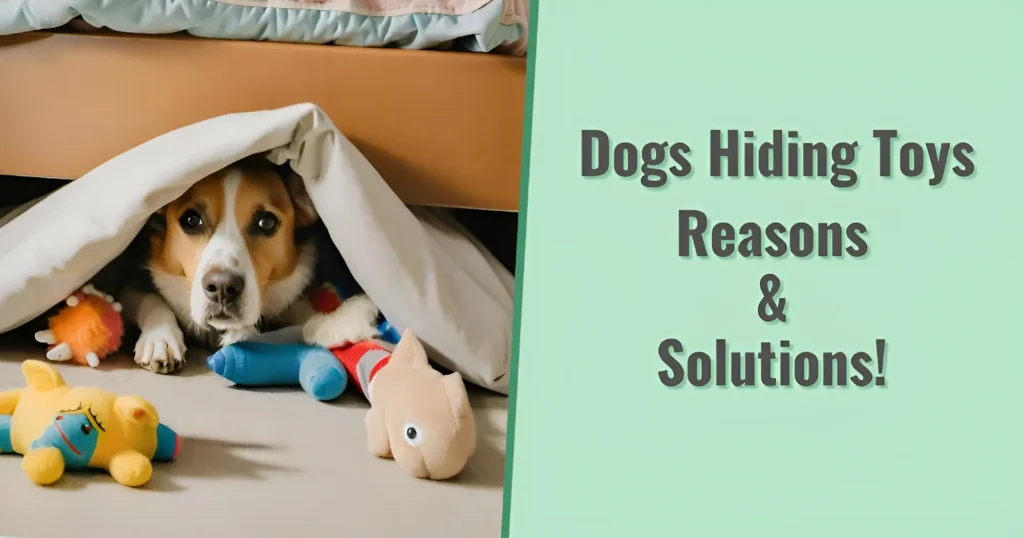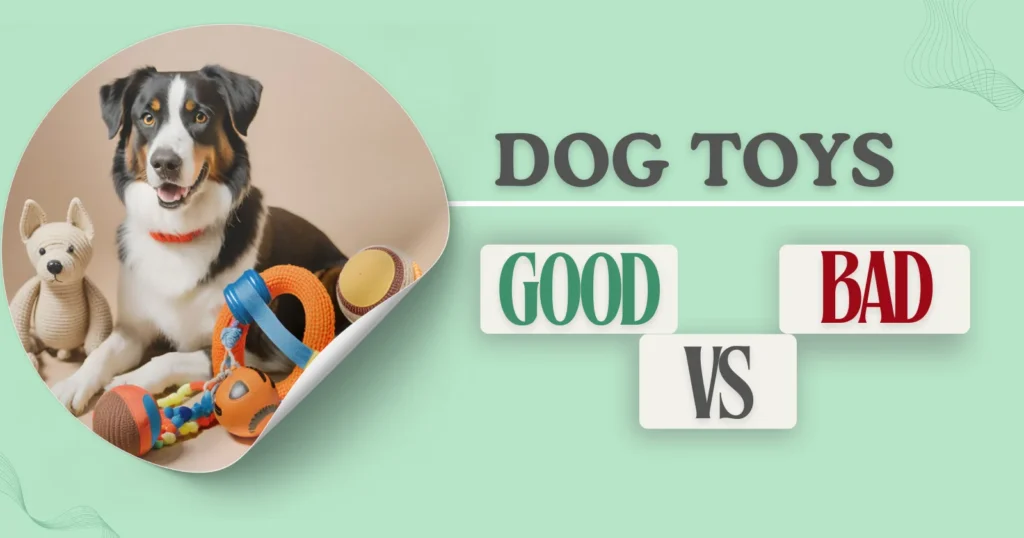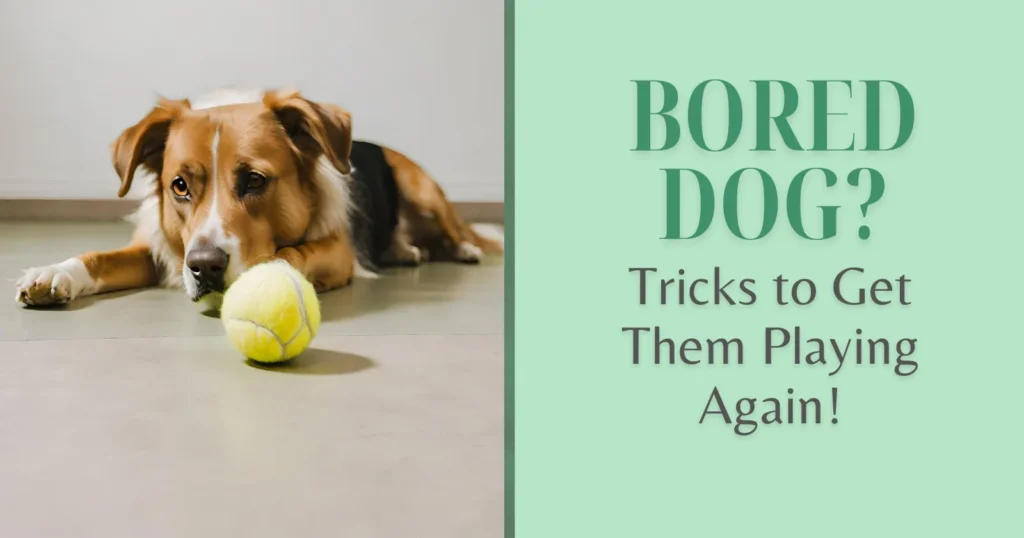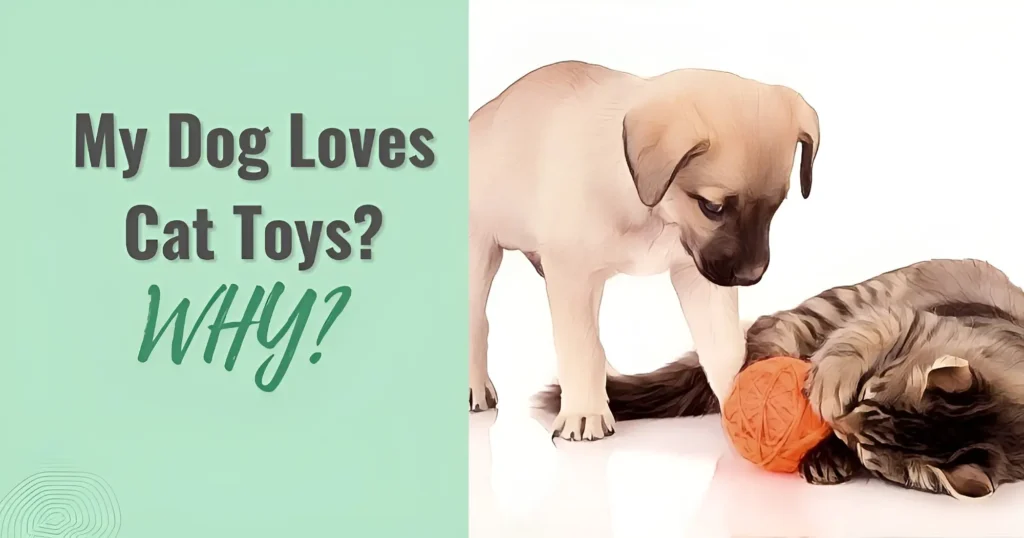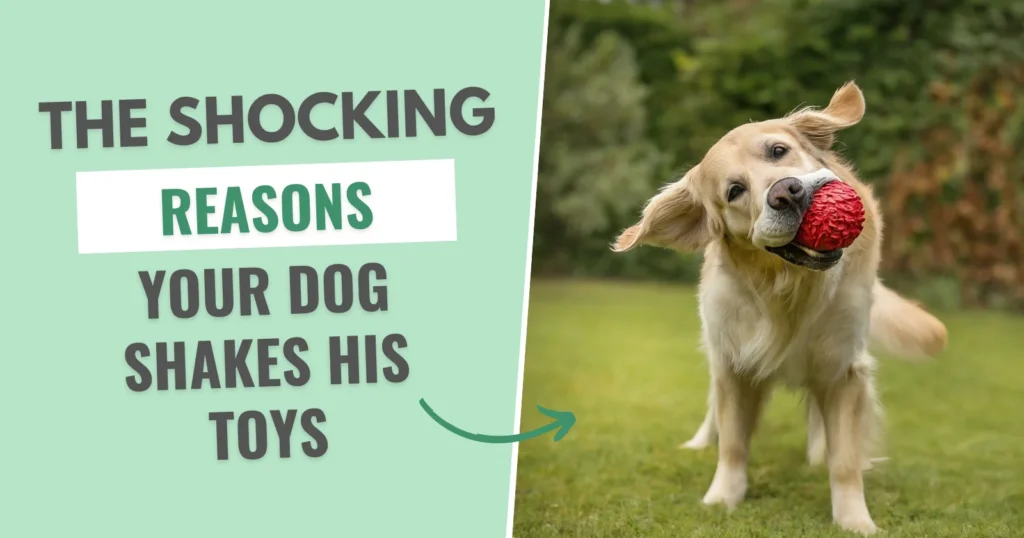Sharing doesn’t come naturally to a dog. However, it can be gradually taught to a domesticated dog living at home. Some behaviors may be perfectly valid for dogs living in the wild, but they must be dealt with and contained when we have our furry friends living at home.
Their inability to share or be territorial is one of the instincts that allows them to survive in the wild.


However, you can teach your dog to share their toys with friends, family, and other dogs. Addressing your dog’s emotional well-being, tackling resource guarding problems, guided proper training using positive reinforcement, and seeking professional help, if necessary, will help you teach your dog to share toys.
Reasons why your dog doesn’t share toys and how to overcome them
Multiple factors contribute to your dog’s behavior, and his possessive instincts also depend on these factors. Determining these reasons will help you transform your pup into an easy-going little fellow.
Dog training guru Jean Donaldson recommends that a dog undergo training with three or four people (preferably of different ages and genders) before they can overcome their guarding issues.
Resource protecting
Dogs have a natural tendency known as “resource protecting,” which makes them territorial and protective of high-value items. Because these items hold so much importance, they cannot share them. This instinct helps them survive in the wild, but it holds no value in domestic situations.
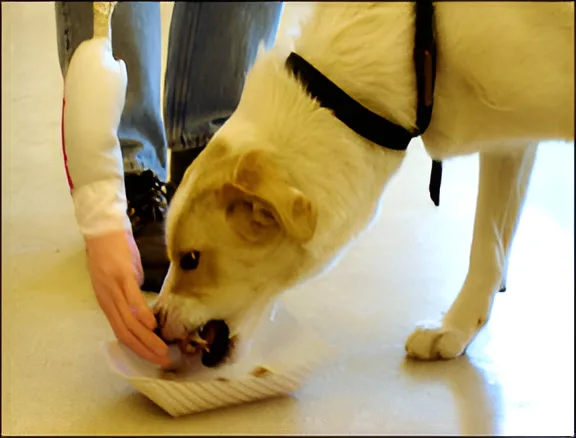

To overcome this instinct, you have to train your dog. It would help if you resorted to desensitization and counter-conditioning to overcome resource guarding
Desensitization and Counter-conditioning
Desensitization allows your pet to overcome their sensitive nature regarding certain stimuli that bring out their guarding instincts. Making the dog more comfortable to be near other humans and animals with a toy. Trainers reward them when they react non-aggressively; you can accomplish the same by following this method.
Counter-conditioning will result in your dog reacting opposite to his natural tendencies. Using positive reinforcement methods, the dog is trained by either you or a professional trainer to be near other dogs, friends, and family members. When they get rewarded for their excellent behavior, it becomes their new norm.
Paying attention to your dog’s emotional well-being
A dog’s emotional state will help you understand their perceived value for the toy. You need to have your dog understand that they don’t have to give up their object of value completely but just be all right when other people or dogs are around it.
This is a common struggle when old dogs are adopted and, at times, come from abusive backgrounds or shelters where they have to be in a constant state of fight. They were not taught to share but survive and are usually struggling with anxiety and frustration.
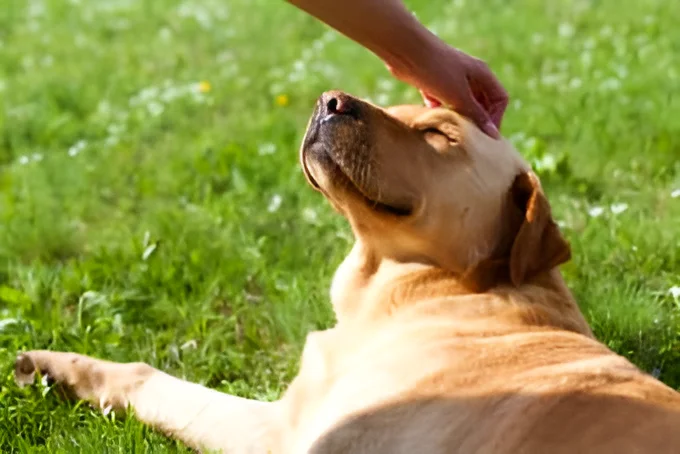

Addressing these root causes will help you overcome these problems. You can approach the matter with a dog behaviorist’s aid, which Is the best way to understand your dog better. They ease into the concept when there is no need for them to feel threatened.
Training them from a young age is the best approach. However, you can still train older dogs using the proper techniques, especially if you train your dog to be around toys and not interact with them.
Work on their socialization skills
A problem may arise when your dog is used to being the only puppy around the house, and now he feels threatened by the presence of another. Especially if your dog has not socialized with other dogs in the past, and even if they have, they’ll try to assert dominance over the intruder. Therefore, building on their social skills from an early age is essential.
Ensure the older dog has plenty of attention & alone time away from the other puppy when dealing with more than one dog in the house. Feed them separately, and ensure the older dog gets plenty of walks & playtime with other dogs. Ensure they have a place they can go, like a crate, where the other puppy can not reach it.
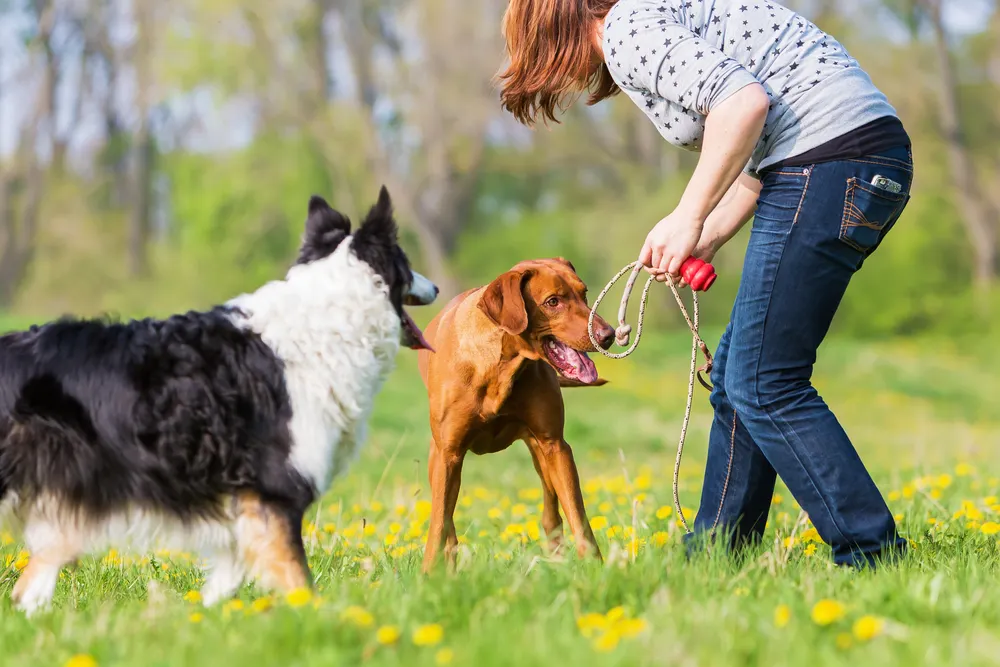

Practice using an item of low value initially; start by letting him share with you and other family members using the reward system for his compliance. Once he’s friendly enough, take him to the park so that he can be near other dogs. Schedule play dates if you have to; they are fun for you and your dog.
Introduce toys in a controlled environment, and always use a low-value toy while closely monitoring your dog’s behavior. Initially, have only one toy and keep your dog on a leash if necessary to manage their reactions. They must learn that toys and food come from you and are earned by good behavior. Toys and food are not the spoils of war; they are things you give to good dogs.
Tug toys are best if you want two dogs to get along. You can teach your dog to play before you get them to play with another dog. Get one dog to start pulling one end and encourage the other dog to pull the other end. While watching them at the park, I tell them they are good dogs, and they play along. It’s fun and lets dogs know everything is okay. My puppy knows I am right there and is comfortable enough to share his toys.
Training your dog to share
While sharing may not be a part of your dog’s built-in instincts, it is something you can trick them into. They will share when they believe they will receive the shared item back, so they have to learn to be ok with other people or dogs touching or being around what they think is theirs.
You always start by teaching them to share with you, other friends and family members, and other dogs. You have to use positive reinforcement, consistent practicing, and reward for good behavior; there is no point in punishing them. Patience and practice are what will give you results.
Teaching them a few simple commands
The commands “give,” “trade,” “take,” and “drop” are the most basic and the most effective when teaching your dog to be around toys and, later on, share them. You can also use these commands to teach your dog to put away his toys after playtime.
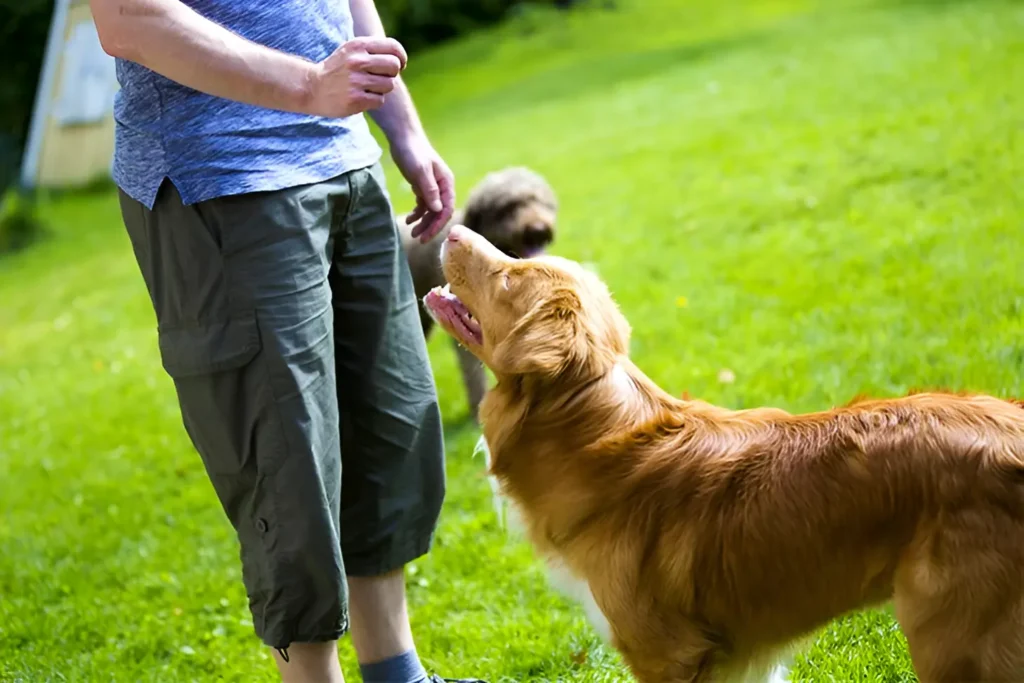

Find a low-value toy that your dog likes but isn’t obsessed with, take his favorite treat on the other hand, and place it right above his nose so he can smell it. They will open their mouth to get the treat, so say “drop” as soon as they let go of the toy and give them the treat in exchange. A similar approach is to be followed with the other commands.
Encourage sharing by supervising play sessions with multiple toys. Scatter toys around, and guide your dog to play with different ones. If they start to show possessive behavior, intervene with a command they’re familiar with, like “drop it” or “leave it.”
I went through a phase when my pup had to get used to being around people when it was time to eat. Any time he let other people be around his food bowl, he was about to get some extra special goodies with his regular meal. A similar approach was practiced with his toys during playtime in the park. He quickly learned that he did not need to be possessive, making trips to the park more enjoyable, and he loved playing with other dogs.
As your dog becomes more comfortable with sharing, gradually increase the difficulty of the exercises. This can include having more dogs in the play session, introducing higher-value toys, or reducing the number of toys available to encourage taking turns.
Remember practice will yield results, so be patient and results will follow and you will teach your dog how to share toys.


